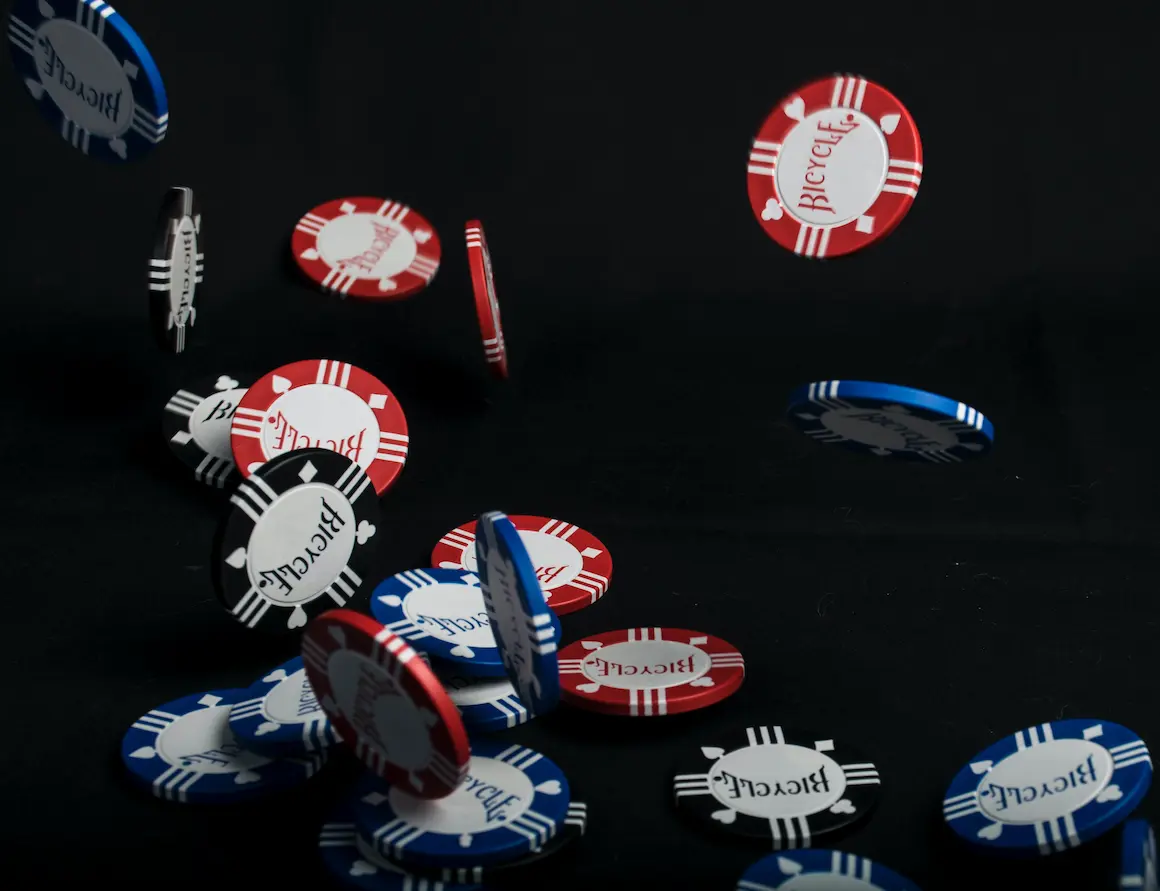Today, the topic of our article is buy-in, which means the acquisition of a share or block of shares or the acceptance and agreement with any decisions and situations. In online poker, the term buy-in has its specific interpretation. Although there are similarities, the player agrees to the rules and takes part in the creation of a common tournament bank by paying this fee.
There are also differences between tournament buy-in and regular cash poker buy-in. Let’s try to understand all the subtleties in more detail. Find out what buy-in and additional buy-in mean, how they are paid, and why such contributions are necessary.
Let’s start with the main thing: a buy-in is a cash contribution, which is a certain pre-negotiated amount. They are paid for the player’s entry into the game at the table. The deposited money is a kind of counterfeit and at the same time a sign of consent for participation in a poker game.
Having made such an action, the player doesn’t make any further purchases; they receive all their chips (for a certain table or game) without paying extra for anything during the game. The size of the buy-in is determined by the poker room or the organizers of the tournament.
Buy-in differences in poker

In simple words, in online poker, buy-in is a tournament entry fee. In other cases, for example, in a simple cash game, this is the name of the chips participating in the game. The difference between these two options is that often in simple poker the amount of buy-in is equated to the number of chips given out.
E.g., you paid one hundred units (rubles, dollars, euros, etc.) to enter and received one hundred chips with a face value of one unit (rubles, dollars, euros, etc.) in return. If the participant decides to leave the game, they simply take the rest of their money.
But in tournaments, the buy-in is not tied to the number of issued gambling chips.
For example, you paid a tournament fee of one hundred units (rubles, dollars, euros, etc.) and received two hundred poker chips of various denominations for them. The second, no less significant difference is the impossibility of leaving the competition and keeping your funds, so the situation where the player exits the tournament and takes all of their remaining chips isn’t possible. The point of such a contribution is that everyone plays to the end.
Why are buy-in fees necessary?
The first and foremost goal of a poker tournament buy-in is balance. Each player pays the same buy-in amount and receives the same number of chips to play with. This creates an optimal situation for all players, and everyone gets the same resources to achieve the goal.
Buy-in payment: formation of the amount

Major tournament organisers and the administration of poker rooms conduct the process of forming the buy-in amount openly and provide game participants with convenient ways to pay these fees. The buy-in consists of two standard stages.
The amount of the contribution includes the main part of which the prize pool of the event is formed and the participant’s commission fee, which is often about ten per cent of the cost of the main contribution. These percentages are directed to the benefit of the event organizers.
E.g., a buy-in for a certain tournament is assigned in the amount of one hundred units (rubles, dollars, euros, etc.). To enter the list of players, you must pay a hundred units and ten per cent for the organizers. So, you will spend not one hundred, but 110 units.
What’s an additional buy-in?
An additional buy-in in poker tournaments is called re-buy. It indicates an additional purchase of gambling chips, most often in the amount of the original stack (the same number of chips as were issued to the player who paid the buy-in). A re-buy is made if the player has fewer chips in the pot, less than at the beginning of the game, or if they lose. The re-buy cost is similar to the buy-in cost.
This phenomenon is not universal, but in some poker tournaments, players can re-buy twice or three times. There is also a time limit, the participant can re-buy in the first half-hour or hour of the tournament, and the next loss will be final. Other deadlines can be applied, for example, before the final of the second round or within two hours of the event.
As soon as the re-buy period ends, the remaining participants at the table can be offered to make an add-on to replenish their stack, regardless of how many chips they have. The tournament will then continue as normal.
As mentioned above, re-buy is not allowed in every tournament. For players in poker rooms, the letter “R” in the lobby is familiar, as it indicates the possibility of an additional buy-in. For example, $100 + R tells the player that they can re-buy the initial stack for an additional hundred dollars or other units.
Summing up, we can draw the following conclusions: a buy-in is a cash contribution or a fee for entering a tournament. It’s formed of two main parts: the contribution and the percentage for the organizers. By paying a buy-in, you buy yourself chips with which you will make all further bets during the game.
If a participant loses all the chips, they’re eliminated from the competition, and sometimes they re-buy the initial stack by paying an additional buy-in with the same cost and the same number of gambling chips. This feature is not available in every tournament, so you should carefully read the rules or study the cash game lobby.
Since the very first poker tournament, this game has established basic rules, and there are mandatory bets, such as the small and big blinds. Poker players even give original names to certain poker combinations. Throughout the history of the biggest poker tournaments, there have been many players who have become legends and have been included in the Poker Hall of Fame. Today this game has won the hearts of millions of fans, players, and ordinary people.
Other meanings of the word

Given the versatile meaning of the term, it is widely used and is a synonym for the following concepts:
- Deposit or depositing money into a poker accountт.
- The total amount of bets and tournament fees made by the player in the period of time.
- The total amount of rebuys and add-ons purchased by the poker player during the tournament.
He/Him
19
350 articlesKristaps is an expert in the field of online casinos. Since the age of 20, he has been interested in casino games; poker and blackjack are his favorites. Thanks to his studies and work experience, he has found himself a gambling critic and analyst. He likes to share his own authentic experience with the audience, so his articles are very informative. Kristaps' lifelong dream is to participate in a poker tournament in Las Vegas.
Nationality
latvian
Lives In
Latvia
University
University of Latvia
Degree
International Marketing and Advertising
More info on Kristaps Gauja






 kristaps.gauja@casinobaltics.com
kristaps.gauja@casinobaltics.com 
